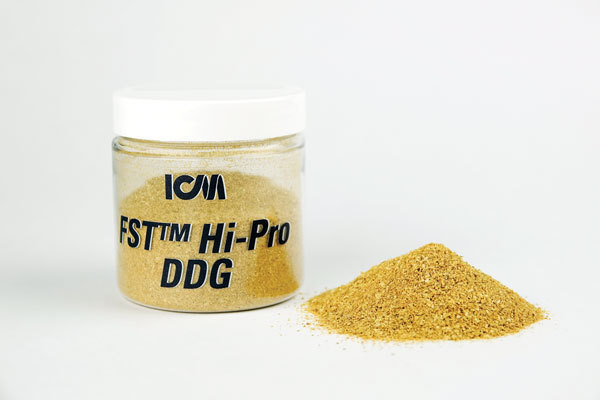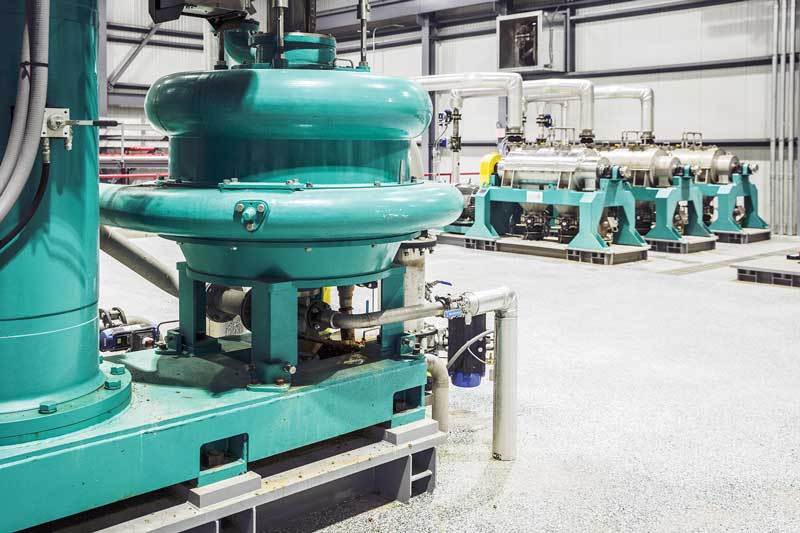The Daily Grind




PHOTO: FLUID QUIP PROCESS TECHNOLOGIES LLC
April 17, 2019
BY Matt Thompson
Advertisement
Advertisement
Related Stories
The USGC has added Sarah McLeeson as its new trade policy coordinator. McLeeson will organize staff and member travel, make arrangements for visiting trade teams and facilitate program planning and execution.
In June, the USGC held its third African Buyers and Sellers Conference in Abidjan, Ivory Coast, bringing together more than 95 attendees from across the continent to meet with U.S. feed grain suppliers and establish trade relationships.
Representatives from the USGC, Growth Energy and the RFA recently conducted a strategic mission to Southeast Asia (SEA), underscoring the U.S. ethanol industry’s support for ethanol policy and technical advancement in Vietnam and the Philippines.
Production and use of renewable ethanol from ePURE members and other EU producers reduced greenhouse-gas emissions by an average of 79% compared to fossil fuels in 2024, according to newly certified data.
Legislation introduced in the California Senate on June 23 aims to cap the price of Low Carbon Fuel Standard credits as part of a larger effort to overhaul the state’s fuel regulations and mitigate rising gas prices.





